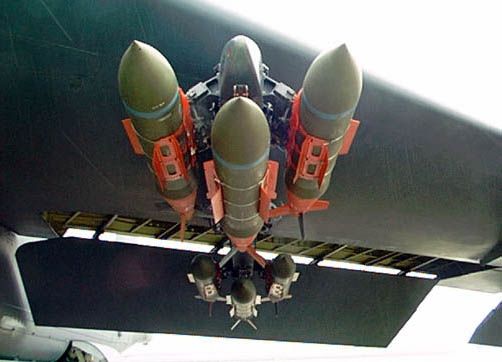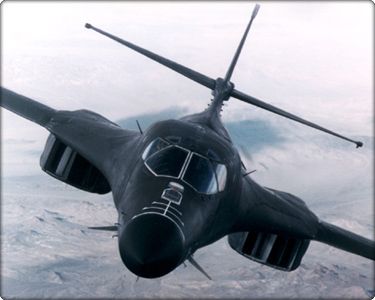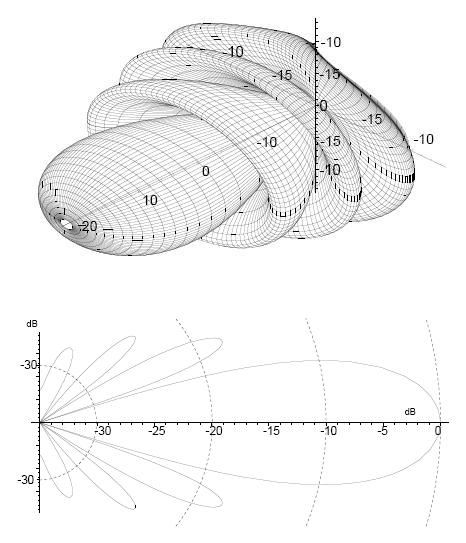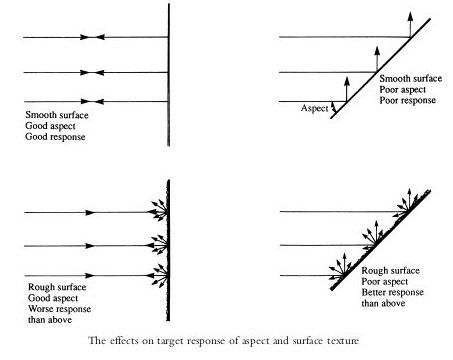Manticore
RETIRED MOD

- Joined
- Jan 18, 2009
- Messages
- 10,115
- Reaction score
- 114
- Country
- Location
There are some benefits, else Boeing would not have produced the F-15 Silent Eagle. That said...The Su-series, and that include the J-11, may not be as amenable to the application of RAM and the even more drastic measure of airframe and planform modifications. Not technically impossible, just may be not as worthwhile in terms of cost/benefits analysis.India is trying to use some technologies from PAK-FA to implement some degree of stealth( like painting with Radar absorbant materials). i have read some reports that it was successful in reducing the overall radar signature of existing design and in future india will definitely experiment with hypersonic Brahmos on su 30MKI Painting it with radar absorbing material will not be much effective on Su30, you know why ... because probably 90% of the RCS generated by Su30 is because of its massive engines being visible from front (from within FOD filter) and because of its two HUGE tails. This is the same problems US had with F14 & F15.
Painting it with radar absorbing material will not be much effective on Su30, you know why ... because probably 90% of the RCS generated by Su30 is because of its massive engines being visible from front (from within FOD filter) and because of its two HUGE tails. This is the same problems US had with F14 & F15.
Why waste expensive paint on Su30 when its not going to give much of a difference.
Here is why...

An aircraft is first and foremost, for any attempt at RCS reduction, a complex body. Failure to accept this fact will result in wasted resources and under a dictatorial regime, loss of one's head in payment for those wasted resources. For radar detection, a complex body is a 'Swerling' type target...
Peak Detection of Swerling type Targets. Part 1. Detection Probabilities in White Noise
Peak detection is an alternative to the commonly used threshold detection scheme in radar systems. The present report is the first part in an investigation of peak detection performance, for Swerling type targets, in an arbitrary noise/clutter background. In this report, peak detection is compared with classic fixed threshold detection in uncorrelated white noise. A methodology is also developed, capable of handling arbitrary stochastic signal and noise/clutter models.
some more info by gambitBasically...A complex body ALWAYS produces diverse echo points from its many different surfaces. Against background radiation, or 'clutter', these diverse echoes not only stands out but also clustered. Some of the smaller echoes will fall within the clutter region and will be filtered out by the radar computer. Some of the smaller echoes may come from a sharp edge, like the leading edge of a wing, and when the aircraft execute a maneuver, this particular surface can come to be the dominant echo in the total RCS summation.
Threshold detection algorithms just simply remember any and all echo points that rose above the clutter region and keep that cluster in memory -- a 'target' is qualified and displayed on the scope. Peak detection scheme is more complex in that not only does the radar computer begin recording an echo point that is above clutter but continue recording until that echo die. The result is the above image that contain a 3-axes graphical locations of those echo points and a 'stickman' like aircraft composited from those echo points. Threshold detection scheme is unofficially 'good enough' for F-15 equivalent bodies and that include the Su-series. Peak detection scheme is best against F-16 equivalent bodies and that include the single engine J-10.
These echo points varies not only from scan to scan -- main beam movement -- but from pulse to pulse -- inside the transmission itself. So it is clear that against US 'stealth' aircrafts, peak detection scheme is required but remain doubtful that a target is qualified since their bodies, including the estimated highest echo points, are designed to be reflective within the clutter region. The word 'doubtful' here is intended to be taken in a statistical context, not that those echo points are nonexistent. They are very real. The word 'complex' refers to EVERYTHING on the body and for military aircrafts, that includes miscellaneous items like pylons and the protruding bolts that attach them to the wings, ordnance, the many antennas types, etc...etc...If a radar system is primitive enough to have only a threshold detection scheme, it is likely that it will display an F-22 or F-35 only within visual range, but then it will be too late.
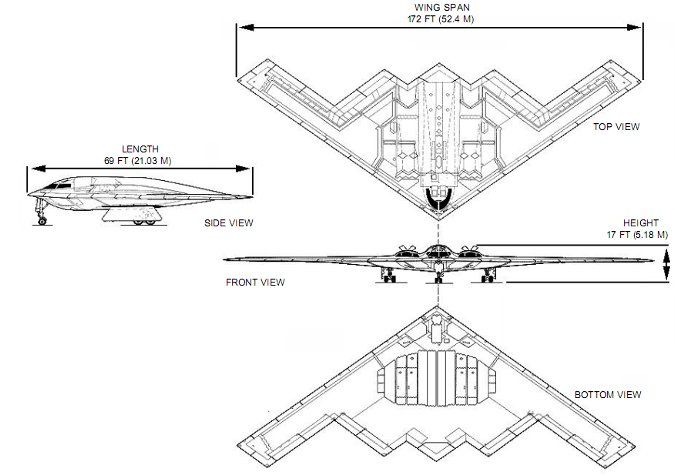
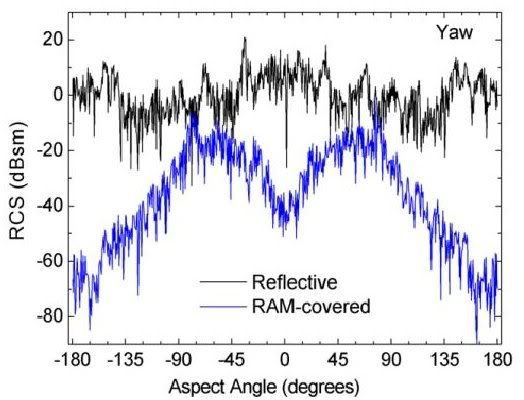


CAUTION...DO NOT for a moment believe that those are the true RCS figures of the B-2. The aircraft's general physical profiles are public enough since we flew the aircraft to many places in the world. What we see are estimated figures ran through a predictive RCS program that happened to include commercially available RAM, such as those applied to airport radomes, and their electrical properties are also public knowledge. What RAM that is actually applied to the B-2 is secret, of course.
For each axis, the aircraft is rotated and its RCS is recorded throughout the movement. For pitch, imagine the aircraft is rotating nose-up or nose-down while the viewer is looking at the aircraft's straight on. The highest peaks are when the viewer is looking at the top and bottom of the aircraft. For roll, the viewer is looking at a wing tip and the aircraft is rotated wing tip up or wing tip down. Keep in mind the cockpit and engine intake bulges on the aircraft's topside while the bottom is relatively more even. For yaw, the viewer is looking at the aircraft's either from a nose on or exhaust perspective and the aircraft is rotated sideways.
The question is whether or not applying RAM to the Su-series, and that include the J-11, will yield a net RCS reduction figures as how the B-2 was so reduced. The answer require that we put the basic Su body through intensive physical measurements and at the very least a predictive RCS reduction computer program. How good is that software? That is a chance someone with sufficient authority has to take. The better alternative is to actually apply one of these commercially available RAM to a clean body, take it out on a radar range, assuming one has such facilities, and perform comparative radar measurements.
It would not be honest to use the 'cost is no object' argument since any application of RAM will yield a net RCS reduction and if cost is not an obstacle then even a %.0001 net reduction is worth the effort, therefore this debate is pointless. The question is made even more complicated by the fact that an RCS figure decreases as distance increases. So if there is a net RCS reduction figure, at what distance in a closing situation, will this reduction is worth the investment? A reduction that decreases effective detection range from 200km down to 190km is not really worth the investment. But if the reduction decreased effective detection range from 200km to 150km or lower, in other words, the attacker is 50km closer to his targets before the defenders are alerted to his presence, then it might be worth considering. What if one side gained 50km but the other side, due to technology issues, gained only 10km, on the same or similar body type?
Because an aircraft is a complex body and given the fact that other than the US, the world is still struggling with passive RCS techniques such as RAM, it might be better to discard RAM as a consideration and concentrate on weapons related issues. The Su basic body may not be so financially worthwhile UNTIL an extensive technical investigation is performed. If during this investigative period, it is found that the basic Su body, even with RAM applied and there is a net RCS reduction, can still be detected with the less sophisticated threshold detection scheme, then it would not be worth the modification. Since the detection scheme, standard threshold or the more sophisticated peak method, is on 'the other side', the issue is not confined to merely how much in percentage is the reduction but also include how good is the enemy's radar capabilities. If 'the other side' found out that his enemy's radar capabilities is not comparable to his own, and if he can afford the investment, then what was previously thought as not worthwhile may be very worthwhile after all.
Who does NOT need the more sophisticated peak detection method? How about civilian air traffic controllers? What need are there for them to pick up large airliners that also carries transponders? The RAM subject in this debate, because it involve an honest assessment of one's potential enemies and their detection capabilities, is not a straight forward 'Yea' or 'Nay' answer.









